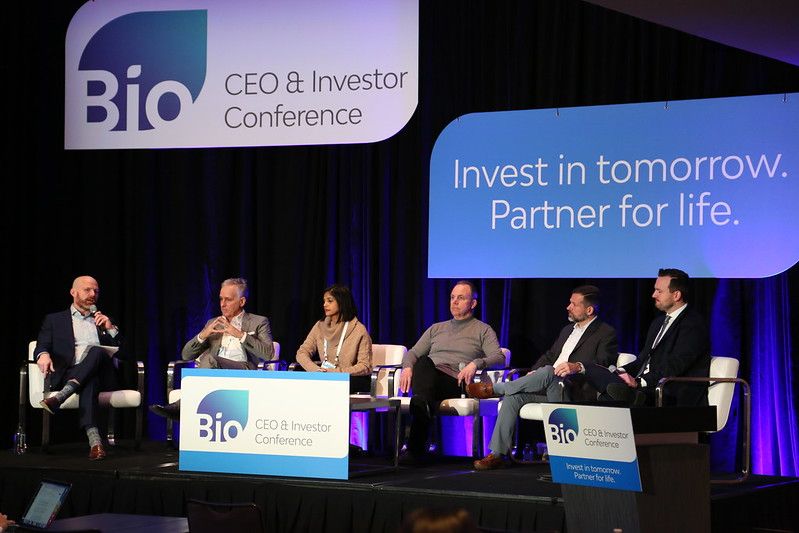Don't miss one of the largest investor conferences in our industry where institutional investors, industry analysts, and senior executives are shaping the future investment landscape of biotechnology.
Join us February 10-11, 2025 to:
- Find and request meetings with potential partners using the BIO One-on-One Partnering™ system
- Discover the latest innovations in biotech during Company Presentations
- Hear from thought-leaders during sessions on therapeutic advancements, market outlook, and policy priorities




)
)
)
)
)
)
)
)
)
)
)
)
)
)
)
)
)
)